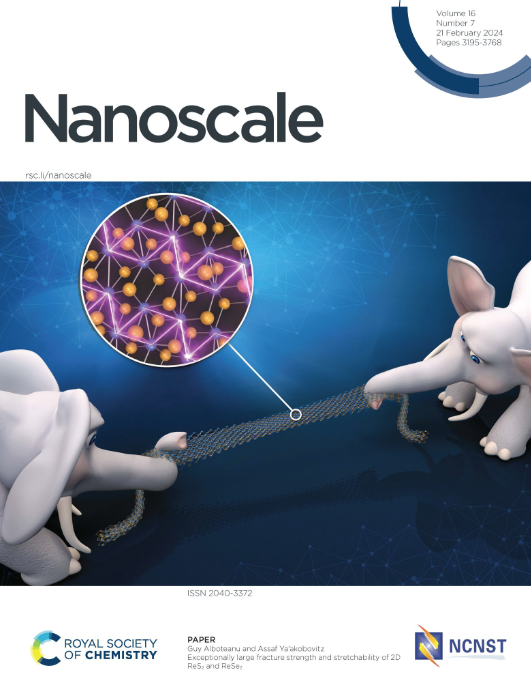Nanomotor-mediated drug delivery with efficient blood-brain barrier crossing for active targeting and therapy of glioblastoma: A systematic review
IF 5.8
3区 材料科学
Q1 CHEMISTRY, MULTIDISCIPLINARY
引用次数: 0
Abstract
Glioblastoma, as a primary brain tumor, is the most prevalent and destructive intracranial tumor, and its therapeutics are restricted by insufficient doses and toxicity, resulting from classical drug delivery systems using passive delivery. The active drug delivery approaches using tumor-targeted nanomotors with the ability to actively bypass blood-brain barriers (BBB) can enhance the permeability and accumulation of carried drugs into brain tumors. Nanomotors show self-propelled motion that enables them to autonomously navigate within biological fluids and efficiently penetrate across the blood vessels and BBB, thereby reducing systemic side effects and improving the efficacy of the administered dosage in the brain tumor. Several experimental studies have recently developed various functionalized nanomotors to specifically target and treat glioblastoma, chemotactic nanomotors, near-infrared (NIR) light-driving nanomotors, and bubble-driving nanomotors. With moving ability, such nanomotors provide superior bio-performances, including cellular uptake, BBB crossing, as well as deep tumor penetration and accumulation. In the present systematic review, recent advances in the treatment of glioblastoma with nanorobots are described, and mechanisms underlying their driving mode for penetrating and targeting glioblastoma are discussed.纳米运动介导的有效血脑屏障药物传递用于胶质母细胞瘤的主动靶向和治疗:系统综述
胶质母细胞瘤作为一种原发性脑肿瘤,是最常见和最具破坏性的颅内肿瘤,其治疗受到剂量不足和毒性的限制,这是由于传统的药物传递系统采用被动给药。利用具有主动绕过血脑屏障(BBB)能力的肿瘤靶向纳米马达的主动药物递送方法可以增强携带药物进入脑肿瘤的渗透性和积累。纳米马达表现出自我推进的运动,使它们能够在生物流体中自主导航,并有效地穿透血管和血脑屏障,从而减少全身副作用,提高给药剂量对脑肿瘤的疗效。一些实验研究最近开发了各种功能化的纳米马达,以特异性靶向和治疗胶质母细胞瘤,趋化纳米马达,近红外(NIR)光驱动纳米马达和气泡驱动纳米马达。由于具有移动能力,这种纳米马达提供了优越的生物性能,包括细胞摄取,血脑屏障穿越,以及深层肿瘤穿透和积累。本文综述了纳米机器人治疗胶质母细胞瘤的最新进展,并讨论了纳米机器人穿透和靶向胶质母细胞瘤的驱动模式的机制。
本文章由计算机程序翻译,如有差异,请以英文原文为准。
求助全文
约1分钟内获得全文
求助全文
来源期刊

Nanoscale
CHEMISTRY, MULTIDISCIPLINARY-NANOSCIENCE & NANOTECHNOLOGY
CiteScore
12.10
自引率
3.00%
发文量
1628
审稿时长
1.6 months
期刊介绍:
Nanoscale is a high-impact international journal, publishing high-quality research across nanoscience and nanotechnology. Nanoscale publishes a full mix of research articles on experimental and theoretical work, including reviews, communications, and full papers.Highly interdisciplinary, this journal appeals to scientists, researchers and professionals interested in nanoscience and nanotechnology, quantum materials and quantum technology, including the areas of physics, chemistry, biology, medicine, materials, energy/environment, information technology, detection science, healthcare and drug discovery, and electronics.
 求助内容:
求助内容: 应助结果提醒方式:
应助结果提醒方式:


